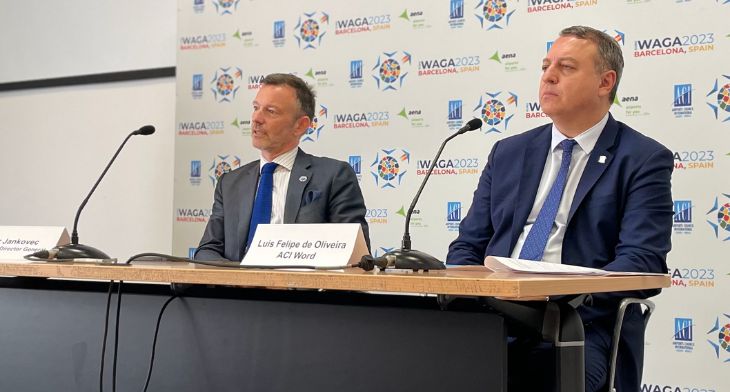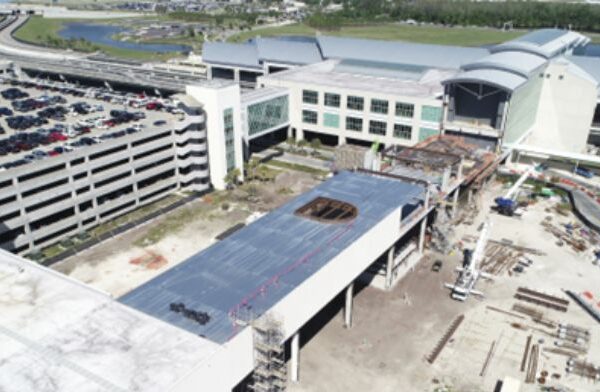


Airports have finally turned the corner on the global pandemic having nudged back into black, against a backdrop of passenger volumes in 2022 remaining 21% below pre-pandemic (2019) levels and diverse air traffic performances.
The outlook is positive, but the financial situation of Europe’s airports remains “uncertain and challenging,” warned ACI Europe’s Director General, Olivier Jankovec, speaking at ACI Europe/ ACI World’s Annual General Assembly being held this week in Barcelona in association with Spanish airport operator Aena.
Jankovec also underlined that debts and liabilities remain a staggering €47 billion above pre-pandemic levels as he pointed out that airports received less government support than their airline counterparts.
“Airports are carrying a significant amount of debt as a result of COVID-19, which means that going forward a big part of the revenue airports will generate in the future will have to service that debt,” he said. “A big worry for our airport members is how to get back on a stable financial footing that will allow them to recover their full investment capacity.”
Along with debt servicing, inflation has also been driving external costs to record levels – with operating costs such as utilities and supplies increasing by +78% and +62% compared to pre-pandemic. In addition, capital costs have increased by +22% with both interest rates and depreciation costs rising.
Addressing the issue of airport charges, Jankovec also noted that “airports in Europe are competing with each other on a pan-European level with airlines playing the airport competition supermarket game, which means added pressure to keep airport charges low.”
While the price of air travel for consumers has rocketed to “sky high” levels, charges paid by airlines for the use of airport facilities has for the most part remained below cost coverage, he said. Airport charges are up by just +7% against air fares increasing by +32% compared to pre-pandemic levels, meaning airport charges have actually decreased in real terms.
Jankovec’s counterpart at ACI World, Luis Felipe de Oliveira, added that “airport charges represent only 5% of the total cost of the ticket. Maybe even less… Airports don’t have the ability to adapt the supply and demand that airlines do as they are restricted by strict regulatory framework. We need to find a way of working together to tackle the need to increase airport charges.”
The bottom line is that the investment crunch, “which is already a reality,” will impact airports’ ability to invest in their decarbonisation, resilience, digitalisation and capacity where needed. “Looking at 2023 and the next two years, Europe’s airports have already cut planned investments from €34.6 billion to €18.4 billion,” continued Jankovec.
According to ACI, the application of the “user pays principle” is the only logical way forward. Regulators and governments need to accept that cost pressures and investment needs require an upward adjustment of airport charges.
Alongside a challenging financial environment the other focuses for airports include decarbonisation and the new aviation market structure for which Jankovec and Oliveira agreed that wider collaboration is key.
“We are happy to report that passenger volumes in 2023 are forecast to reach around 8.4 billion globally (almost 92% of 2019 levels). Looking ahead we expect faster growth in the Middle East, Asia-Pacific, Latin America and Africa than in Europe with overall growth across the industry expected to double over the next 20 years,” said Oliveira. In line with this anticipated growth the industry will need to invest $2.4 trillion with access to green finance a key component of this investment. Oliveira also said that the development of airports as “Enerports” provides an exciting opportunity for airports to generate their own renewable energy and diversify revenues as they respond not only to the needs of air connectivity but also the wider needs of their communities.
Jankovec concluded: “The local value of an airport has long been part and parcel of our nations and regions. Now, we need to take this to the next level with the generation and supply of green energy for aviation and our surrounding communities alike.”





